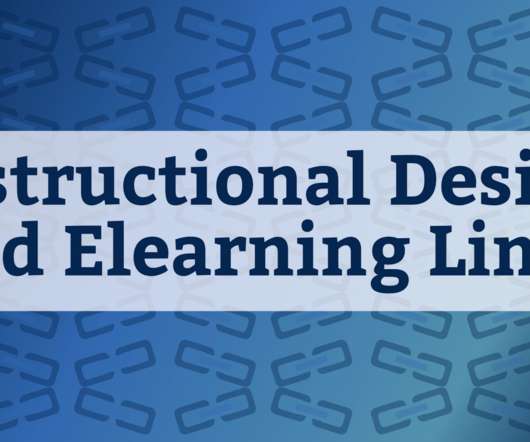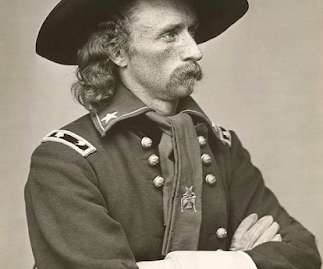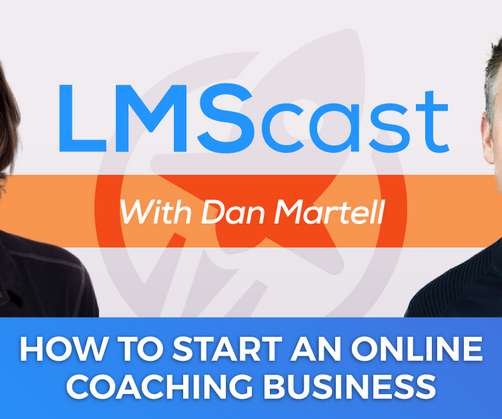Games, Organizing, & Motivation: ID Links 10/25/22
Experiencing eLearning
OCTOBER 25, 2022
I share these links periodically here on my blog. An overview of different motivation theories, including Maslow’s hierarchy of needs, ERG theory, self-determination theory, and Herzberg’s two-factor theory. As I read online, I bookmark resources I find interesting and useful. Games built in Twine. Motivation.






































Let's personalize your content